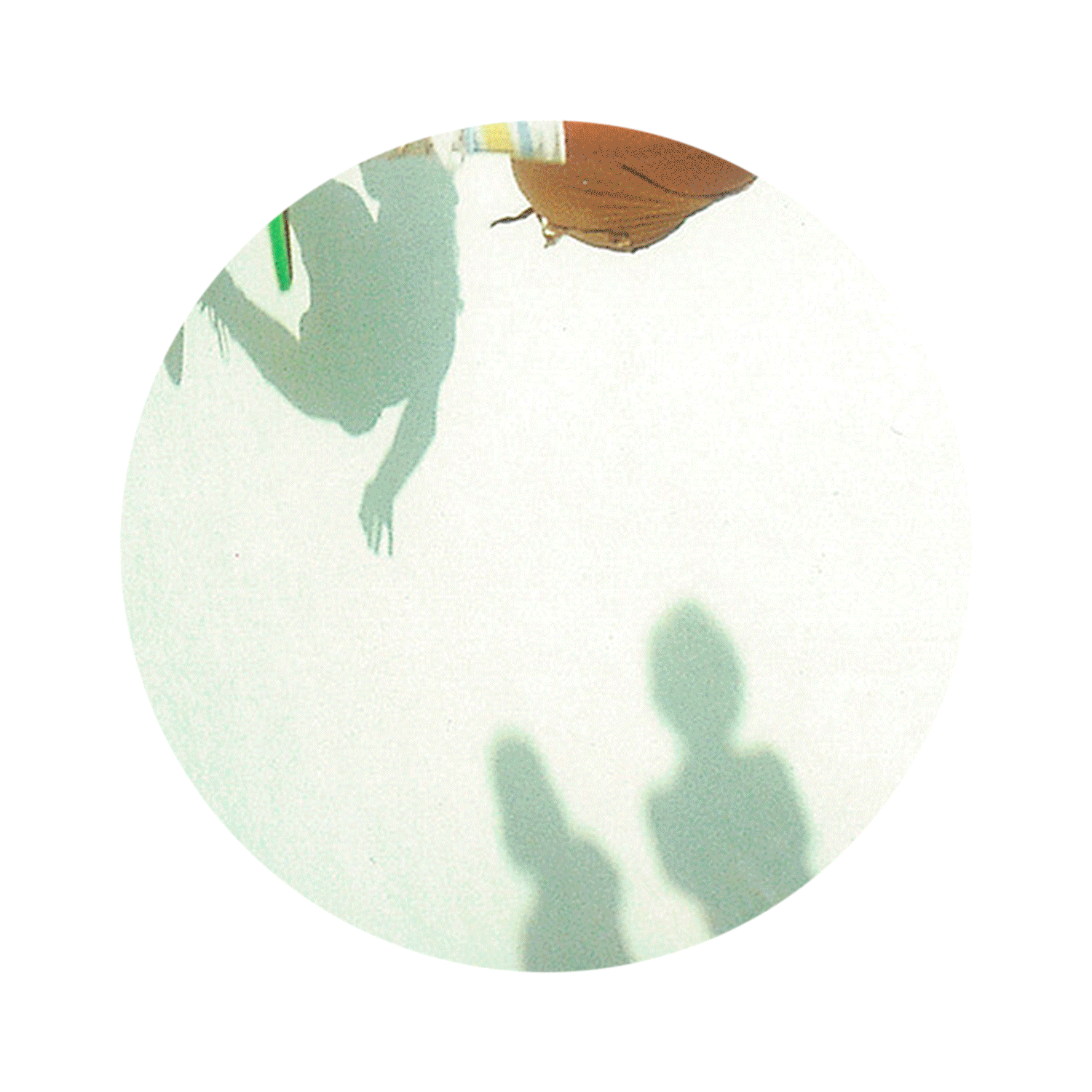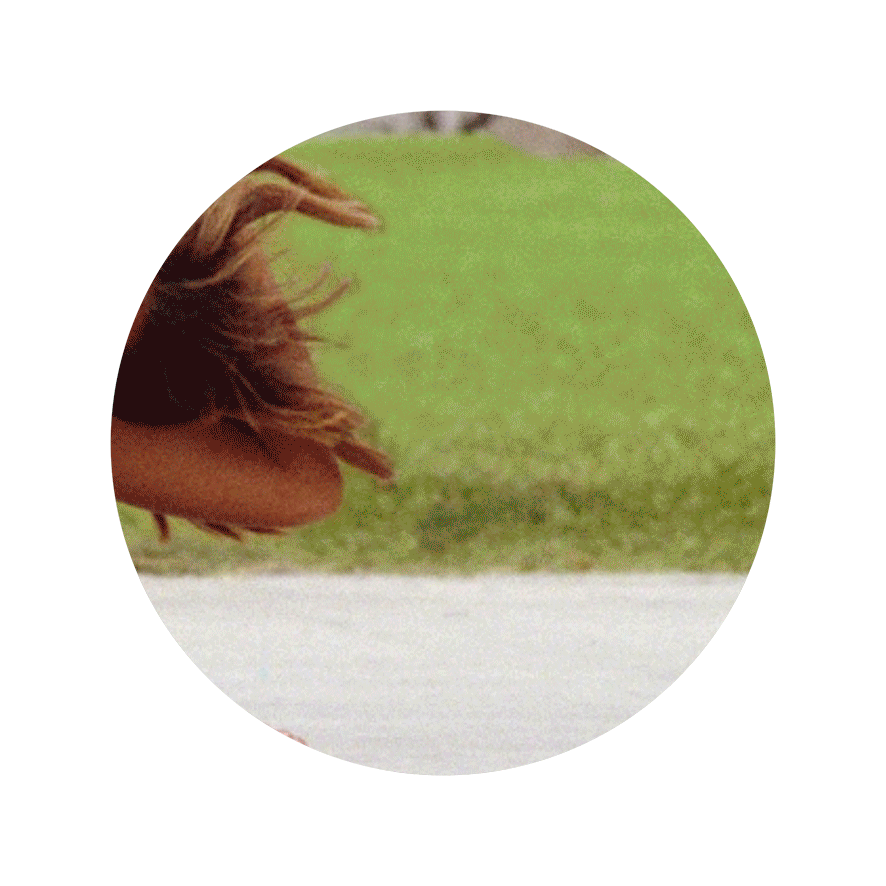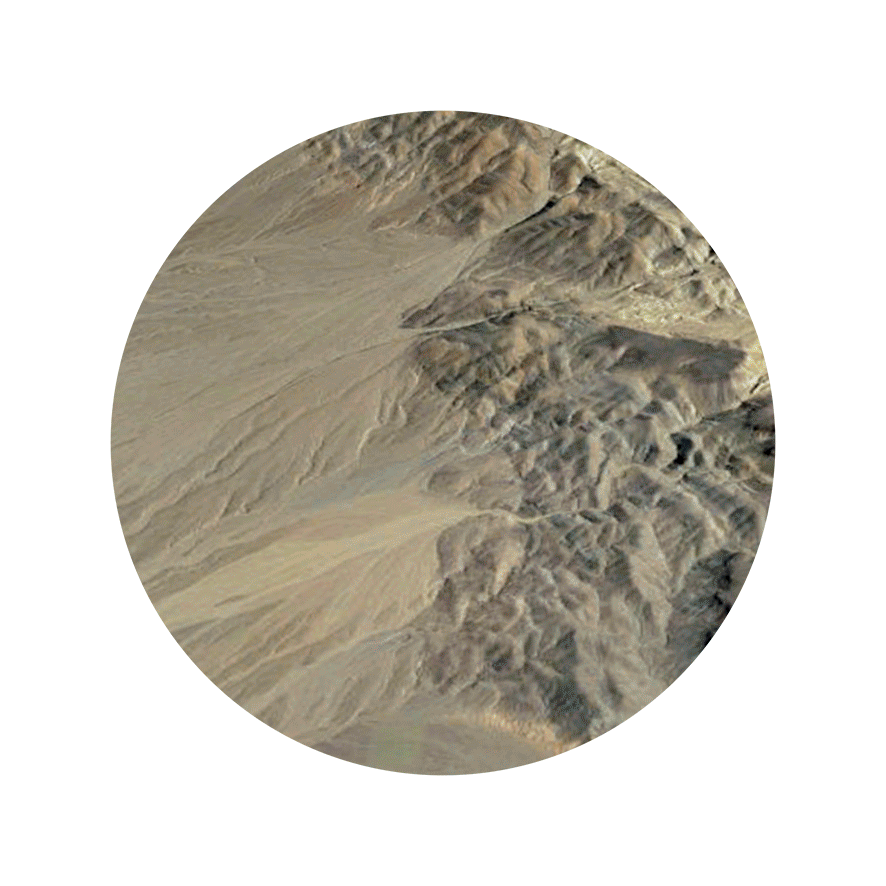A desert in a pool: California
Francisco Pinheiro


The berries were deep blue and had a spherical shape, almost perfect. On his signal, his men hurried and leapt over the bushes, devouring this strange fruit as if there was no tomorrow. Contemplating this true orgy, Portolà smiled at his good fortune. His contentment, however, showed us the cause of so much despair. Dark teeth depleted by scurvy, months on end at sea without setting foot on land. To many of these men, those from this crew who survived, north had already been left behind. The only coordinate that had brought them there was the obstinacy of their captain, Gaspar de Portolà, as well as the drawings of Miguel Constansó, the Catalan cartographer responsible for mapping theexpedition. Bent over the sand, Portolà drew circles with his index finger. As he drew a new circle in the sand, he enjoyed looking behind at the circle that was disappearing, fading into the tiny grains of sand. He repeated this gesture countless times. He paused occasionally to stare into the forest, seeking to follow his men up the glade above. During this time of waiting and some uneasiness – knowing that the indians from the Quiroste tribe were around – he elaborated different possibilities of entering the land. Through these elaborations of military reasoning, the warmth of the sand and the fine grains that escaped from his hands, helped to calm him down. Until a call echoed among those giant trees, and hysterical Constançó shouted «aigua dolça! aigua dolça!» kneeling in the sand, showing his map to the heavens, as if he was thanking what he had foreseen. In a more quiet manner, Portaló whispered to himself «cañada de la salud» while he was putting on his boots again.
Amidst those huge trees with reddish bark, the men bathed in the various streams, eating those berries, strangely spherical and blue. They celebrated with them, for these were the berries that had brought them to that creek of fresh water, making them recover the liveliness in their body. After quenching his thirst, Portaló savored the juicy, sweet pulp of those berries. He appreciated the slight bitterness of their thin skin, which made him feel slight spikes on his tongue, while he looked at those berries, hypnotized by their color. The same blue, the same spherical shape, led William Mulholland to photograph those very berries, in the then designated Big Basin Park. William took photographs «with his portable and easy-to-use» Brownie, since William's interests lay in the shape of these berries and not so much on their edible properties. Unable to identify these berries, he preferred not to eat them, for fear of suffering some kind of poisoning. Being the Superintendent of the Los Angeles Water Department, or «el zanjero del oeste,» as some of his Mexican guides called him, William was one of the distinguished guests at the official opening of California's first State Park. As soon as he pressed the shutter, he returned to the trail and the group with whom he was walking. Among the usual small talk of his colleagues, William's mental elaborations were more to the eastern sides of the Sierra Nevada: in Owens Valley. He felt anguished. The speech he had given days before to the farmers of this valley, had left a tight feeling in his chest. He knew that what he had just promised would not really happen. The truth is that with that new federal directive, the green plains of Owens Valley would disappear in a matter of years, and with them the fragrance of Artemisia tridentata and their dotted yellow flowers. The lake would surely become an arid surface, and it would be impossible to plant anything around the valley. After this flow of considerations so tangible and clear in his mind, he returned to his usual phrase and whispered to himself: Los Angeles needs water, it will be for a greater good, for a better future of all the angelenos.
The indian looks through the great red bark trees, and gazes at his enemy with some disdain. The indian observes, the indian learns. The indian learns from his enemy. He then picks one of those berries, those that were part of his childhood and have sweetened all his youth. Holding them at eye level and examining them in a timid and awkward way with a monocle, for the first time he notices that the berries were deep blue and spherical in shape, almost perfect. On his signal, his men hurried and leapt over the bushes, devouring this strange fruit as if there were no tomorrow. Contemplating this feast, Portolà smiled at the fate of his destiny. But his contentment showed us the cause of so much despair. Dark teeth depleted by scurvy, months on end at sea without setting foot on land. For many of these men, the few in the crew who survived, north had already lagged behind, towards south. The only coordinate that had brought them there was the charisma of their captain, Gaspar de Portolà, as well as the sketches of Miguel Constansó, the Catalan cartographer commissioned to map the expedition. Portolà walked barefoot on the sand. He paused occasionally to stare into the forest, seeking to follow his men up the glade above. During this time of waiting and some uneasiness – since he knew that Charquin was near – he elaborated different possibilities of entering the land. In these elaborations of military reasoning, it made him hard to feel the fine grains of sand between the tiniest spaces of his feet, free for now from the firm leather of his boots. Until a shout echoed among those giant trees, and hysterical Constançó yelled «aigua dolça! aigua dolça!» gesticulating and showing his map to the heavens. Opposingly, Portaló whispered «Santa Maria de la Soledad», drawing a triangle in the sand.
Among the majestic conifers of reddish bark, the men bathed in the various streams, eating those strangely spherical blue berries. They celebrated with them, for these had been the berries that had led them to that beautiful waterfall, quenching their thirst, lifting up their spirits. Portaló savored their sweet and fleshy pulp. It gave him great pleasure to feel the breaking of their thin skin. Their squirt gave off a soft bitterness that made him feel slight spikes on his tongue. The same thin skin, its uniform gradient, was what led William Mulholland to photograph those same berries, in the so-called Big Basin Park. William was photographing «with his portable and easy-to-use» Brownie, but William's interests lay in aesthetics rather than in any sort of categorization. Unfamiliar with these kind of berries, he chose not to try them, fearing some kind of ailment. Being the superintendent of the Los Angeles Water Department, or «el zanjero del oeste,» as some of his Mexican workers called him, William could not fail to go to the official inauguration of California's first state park. As soon as he pressed the shutter, he returned to the trail and the group with whom he was hiking. Amidst work conversations, William's mental elaborations were more to the eastern side of the Sierra Nevada: in Owens Valley. A valley known for its majestic lake, surrounded by lush meadows as far as the eye could see. Days before, William had given a speech before the farmers of Owens Valley, that made his chest feel tight. He knew that what he had just promised would not really happen. He felt anguished. The truth is that with that new federal directive, the green plains of Owens Valley would disappear in a matter of years and with them the fragrance of Artemisia tridentata. After this flow of considerations that were so clear in his head, he returned to his usual phrase and whispered to himself: Los Angeles needs water, it will be for a greater good, for the sake of progress, it cannot be stopped.
The indian looks through the large red bark trees and with necessary caution he jumps the fence. As he looks around, he enters discreetly into a private garden of one of Mulholland Drive's apartments. Nobody seems to be home, it is a weekday. To his surprise, the indian finds a big empty pool. At the bottom, he notices a series of fissures from which a few shrubs with berries grow. They were deep blue and had a spherical shape, almost perfect. On his signal, his men hurried and leapt over the bushes, devouring this strange fruit as if there was no tomorrow. Contemplating this true orgy, Portolà smiled at his good fortune. His contentment however showed the cause of so much despair. Dark teeth depleted by scurvy, months on end at sea without setting foot on land. To many of these men, those from this crew who survived, north had already been left behind. The only coordinate that had brought them there was the obstinacy of their captain, Gaspar de Portolà, as well as the rhetorical ability of Miguel Constansó, the Catalan cartographer responsible for mapping that expedition. Portolà walked on the hot sand, dragging a dried branch behind him. He paused occasionally to stare into the forest, seeking to follow his men up the glade above. During this time of waiting and some uneasiness – for he knew that the dreadful Ohlone were out there – he worked out different possibilities of entering the land. Among these elaborations of military reasoning, it gave him some peace to hear the smooth sound of the branch in contact with the sand, leaving behind a trace of different lines. Until a shout echoed among those giant trees, and hysterical Constançó yelled «aigua dolça! aigua dolça!» jumping down onto the sand, gesticulating and showing his map to the heavens. «Ostia puta...» Portaló whispered to him self, throwing the branch into the sea.
Amidst the huge pines of reddish bark, the men bathed in the various streams, devouring those strangely spherical berries. They celebrated with them, for these were the berries that had led them to that stream, sparing them from hunger and thirst. Portaló savored their juicy, sweet pulp. He particularly appreciated their bitter taste at the end, which made his tongue slightly numb. It was this same bitter tweak that made William Mulholland remember his long childhood days spent on the slopes of Big Sur, where he picked different berries with his parents. As he tasted these berries of a deep blue, almost black color, William felt a tingling in his chest that swiftly invaded his body. It was at that moment that he had the clairvoyance that a somewhat familiar stranger kept telling him: Los Angeles needs water, it will be for a greater good, for a better future of all the angelenos.
The indian looks through the large red bark trees and gazes at his enemy with curiosity. Picking up his skateboard again, this time he ventures on a «Rock 'n' Roll Boardslide,» diving into the dry pool. They say the pool is not his, they say the house is not his, but there he feels part of something bigger. Sitting on the grass, the indian notices that those berries that have been part of his childhood and have always sweetened his youth grow next to the fence. For the first time he notices that the berries were deep blue and had a spherical shape, almost perfect.
–
* This lake was drained in 1923 and is considered the worst dust pollution problem in the United States. In addition to the carcinogenic dust, it has been accumulating high levels of arsenic and boron, as well as barium, lead and mercury.




